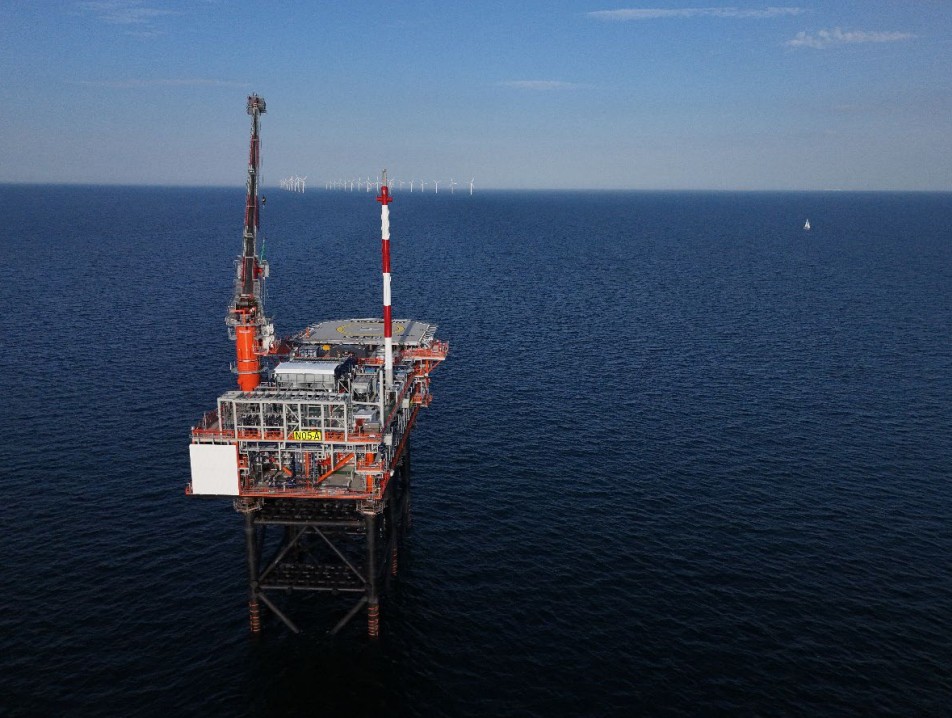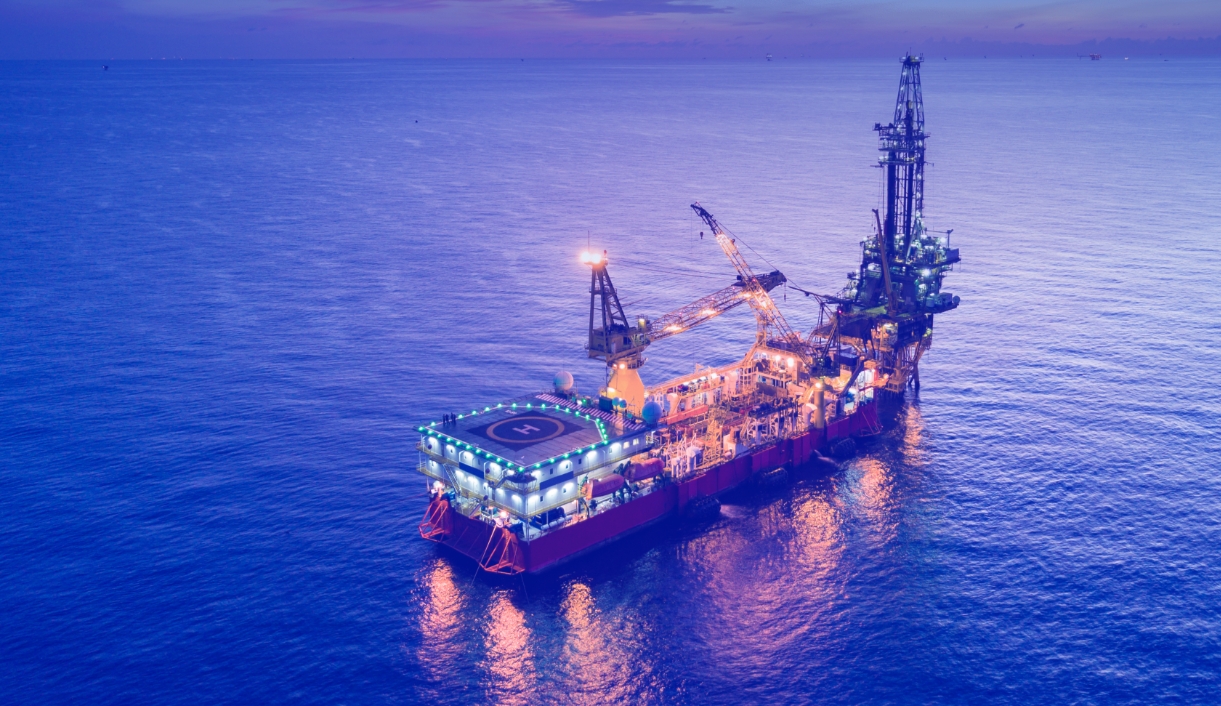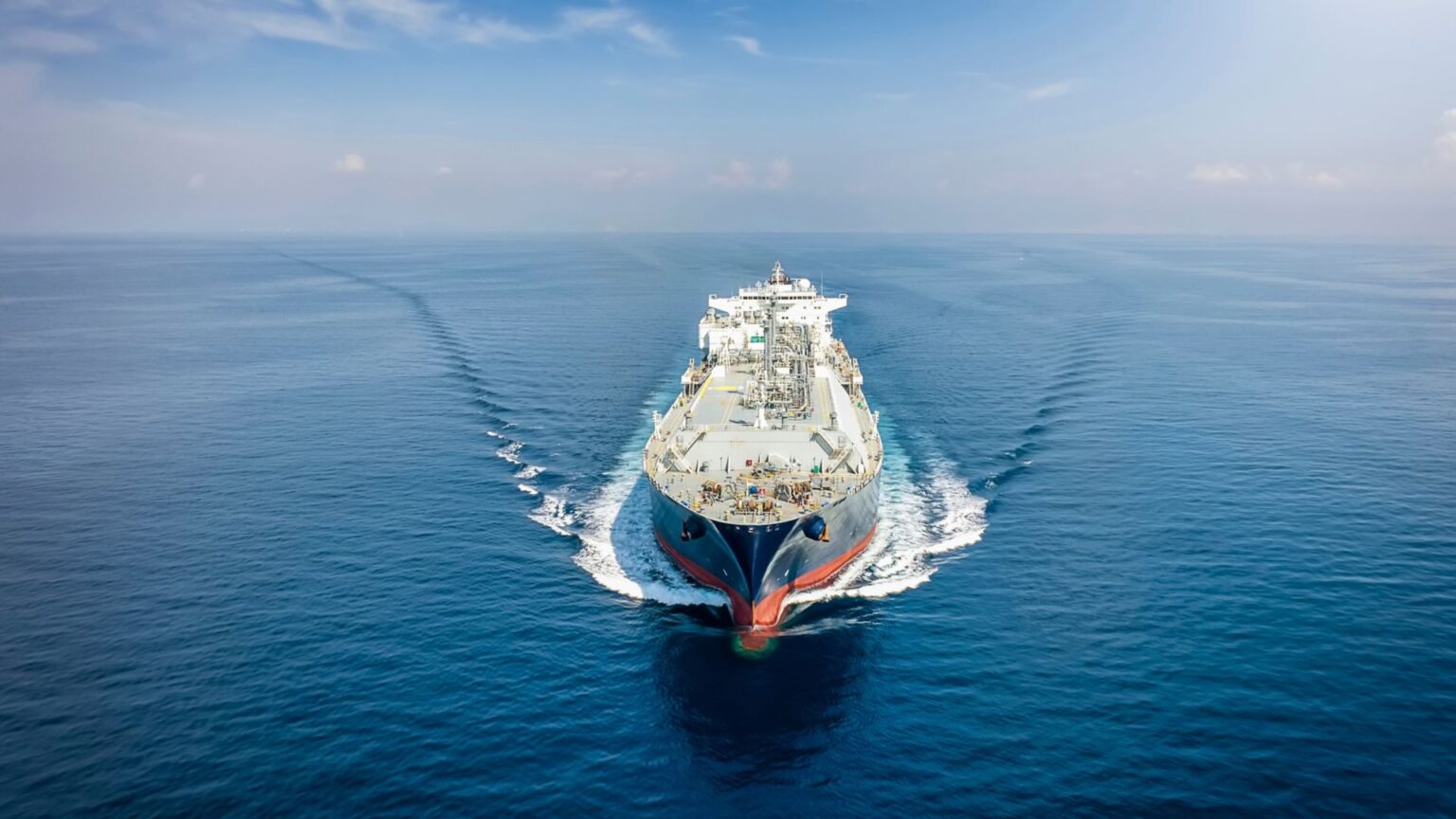Scandlines将为第2艘混合动力渡轮安装Norsepower旋筒帆
作者: 发布时间:2022年05月18日 浏览量:829 字体大小: A+ A-
来源:Offshore Energy 2022-05-17
翻译:国际海事信息网 赵扬捷 张运鸿
为了在2040年之前实现零排放并达到脱碳目标,丹麦渡轮运营商Scandlines在其混合动力渡轮M/V Berlin上安装了Norsepower的旋筒帆。
Scandlines于5月16日在罗斯托克港(Rostock)将旋筒帆安装在混合渡轮上,该渡轮往返于德国和丹麦之间的罗斯托克-盖瑟( Rostock-Gedser )航线上。
正如所解释的那样,全自动的Norsepower旋筒帆解决方案可以测量风速和风向,并根据这些测量结果计算出旋筒帆的使用是否会减少碳排放。
如果适用,旋筒帆就会自动开启。然而,对于不宜使用的特定港口地区,该解决方案有其他装置,以确保其不会被开启。
旋筒帆是一个30米高的旋转圆筒。它是弗莱特纳转子(Flettner Rotor)的现代版,是利用马格努斯效应开发一种高效的推进船舶的技术。当风遇到旋转的旋筒帆时,气流在旋筒帆的一侧加速,而在另一侧减速。
气流速度的变化导致了压力差,从而产生了与风流方向垂直的力,推动船体前行。
渡轮运营商说,这种升力使Scandlines减少了柴油机的使用,因此也减少了燃料的消耗和相关的排放。
在为M/V Berin号配备旋筒帆之后,2020年在混合动力轮渡M/V Copenhagen号上也成功安装了Norsepower旋筒帆解决方案。
一年后,结果显示混合动力渡轮的二氧化碳排放量平均减少了4%,而在风力条件绝佳的好天气里,碳排放量的减少高达20%。
Scandlines的首席运营官Michael Guldmann Petersen说:“在成功给哥本哈根混合动力渡轮上安装旋筒帆后,Scandlines也准备为姐妹渡轮柏林号安装旋筒帆。我们很高兴地看到,安装工作已经成功完成,渡轮今早又按计划投入了运营。”
Norsepower公司首席执行官Tuomas Riski补充说道:“Scandlines极其认真地推动国际温室气体减排目标,并积极开展一种领先的方法,即投资于创新以超越这些目标。在其第二艘船上扩大使用我们的旋筒帆技术,突出了风力发电的可行性,以及实现减排的重要性。”
(本文版权归国际海事信息网所有,图片版权归原作者,转载请注明出处。)
Scandlines installs Norsepower rotor sail on its second hybrid ferry
In an effort to become emission-free by 2040 and reach decarbonisation targets, Danish ferry operator Scandlines has installed a Norsepower rotor sail on its hybrid ferry M/V Berlin.
Scandlines installed the rotor sail on the hybrid ferry, which operates on the Rostock-Gedser route between Germany and Denmark, on 16 May in the port of Rostock.
As explained, the fully automated Norsepower rotor sail solution measures the wind speed and direction and based on these measurements calculates whether the use of the rotor sail will reduce emissions.
If so, the rotor sail starts automatically. However, for specific port areas which are not suitable for its use, the solution has settings to ensure the technology will not be activated.
The rotor sail is a 30-metre high rotating cylinder. It is a modern version of the Flettner rotor and the technology is based on the Magnus effect. When wind meets the spinning rotor sail, the airflow accelerates on one side of the rotor sail and decelerates on the opposite side.
The change in the speed of airflow results in a pressure difference, which creates a lift force that is perpendicular to the wind flow direction.
This lift force allows Scandlines to reduce the use of diesel engines and therefore reduces both the fuel consumption and associated emissions, the ferry operator said.
Equipping the M/V Berin with rotor sail follows the successful installation of the Norsepower solution on the hybrid ferry M/V Copenhagen in 2020.
During a one year period, the results showed a reduction of CO2 emissions from the hybrid ferry by an average of 4%, and on good days with optimal wind conditions by as much as 20%.
Michael Guldmann Petersen, COO at Scandlines, said: “After positive experiences with the rotor sail on the hybrid ferry Copenhagen, Scandlines had prepared the sister ferry Berlin for a rotor sail as well. We are happy to see, that the installation was successfully completed and that the ferry went into operation again this morning as planned.”
“Scandlines is taking the international GHG emissions reductions targets extremely seriously and is demonstrating a leading approach to investing in innovation to supersede these. Expanding its use of our rotor sail technology on its second vessel highlights the viability of wind power, and the significance of the emissions savings which can be achieved”, added Tuomas Riski, CEO of Norsepower.
来源:simic
今日要闻
图片新闻
海外传真
热点报道






